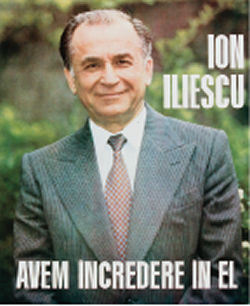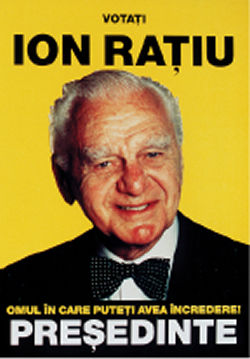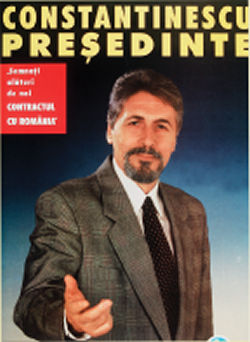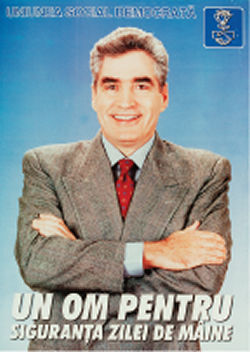The Fall of Communism
Unlike the Velvet Revolution in Czechoslovakia, and the surprisingly calm mass demonstrations that brought down the dictators in other East European countries, Romania’s revolution in 1989 was marked by confusion and violence. To this day, there is no clear accounting of the number of casualties and estimates vary widely. Early rumors estimated 60,000 people killed; current Romanian textbooks cite fewer than 1,000.
After the summary execution of Elena and Nicolae Ceausescu on December 25, 1989, many dissidents felt that their hard-won victory was being stolen from them by former communist leaders. More violent disturbances broke out in Bucharest. Dissidents, miners, and former Securitate forces clashed in the streets. Even after stability was reestablished, Romania had to contend with the legacy of communism and its long isolation from the West European economic system.
Post-Communist Politics
After the overthrow of Ceausescu, a new constellation of leaders emerged in Romania. As in the other countries of Eastern Europe, many of these politicians are former Communists, some are returning exiles, and others are former academics. The Hoover Institution is actively documenting Romania’s transition to democracy by interviewing its new leaders and by monitoring the political party platforms that are being developed. The posters reproduced here depict four representative political figures who have influenced the course of events in Romania during the last decade.
The leadership that is evolving in this new democratic environment has great strengths and great weaknesses. Like its leaders, Romania has promise, but its long struggle is far from over. The contentious nature of East European politics and the serious economic problems of the region make the future impossible to predict. Documenting Romania’s emerging institutions poses a new challenge for the Hoover Archives as it continues its long tradition of recording developments in Eastern Europe.
 16. Ion Iliescu, a former communist official, was the head of the provisional council that took control of Romania after the arrest of Nicolae Ceausescu. Iliescu formed a movement known as the National Salvation Front. On January 3, 1990, he signed a law to reestablish a multiparty political system in Romania. In May 1990 Iliescu was elected president with 86 percent of the vote in the first free elections in Romania in nearly half a century. He was reelected in 1992 with 61 percent of the vote. He promoted Romania’s involvement in NATO’s Partnership for Peace and developed closer ties with the European Union. Iliescu was elected to succeed Emil Constantinescu in the presidential runoff election in December 2000. |
|
|
 17. Ion Ratiu, a Romanian diplomat, received political asylum in Britain in 1940 when the Nazis gained control of his country. He was the head of a large exile organization called the World Union of Free Romanians. A successful businessman, he returned to Romania in 1990 at age 72 as a candidate of the National Peasant Party. He was one of several returning émigrés who brought Western European concepts back to their native country. In 1990 Ratiu strongly criticized the National Salvation Front’s suppression of political demonstrations and helped steer the country on a more democratic course. He died in January 2000, but his legacy will be remembered. |
|
|
 18. In 1996 academic Emil Constantinescu defeated Ion Iliescu and was elected president. The peaceful transition of power marked a major step forward in the democratic process. A case could be made that it was the most fully democratic change in leadership in Romania’s history. Constantinescu had distanced himself from communism throughout his career. Trained as a lawyer, he abandoned law because it required too many political compromises and selected instead the safer field of geology. The fall of communism opened up leadership opportunities for him, first as rector of Bucharest University, then as a politician forming the coalition of parties known as the Romanian Democratic Convention. Constantinescu has taken a strong stand against the Mafia-style corruption that has marred the postcommunist transition in Eastern Europe. With the early opinion polls going against him, Constantinescu withdrew his candidacy in the November 2000 presidential elections. |
|
|
 19. Over the past decade, the versatile Petre Roman has served continuously in a variety of political roles. He was prime minister in the first postcommunist government with Iliescu in 1990–91. He has also served as a member of parliament and the president of the Romanian Senate. In 1999 he was appointed foreign minister and deputy prime minister in a coalition with Constantinescu. He is currently the chairman of the Democratic Party of Romania. Fluent in numerous languages and the author of several books of political analysis, Roman is well equipped to work with his European counterparts. |
|
|







